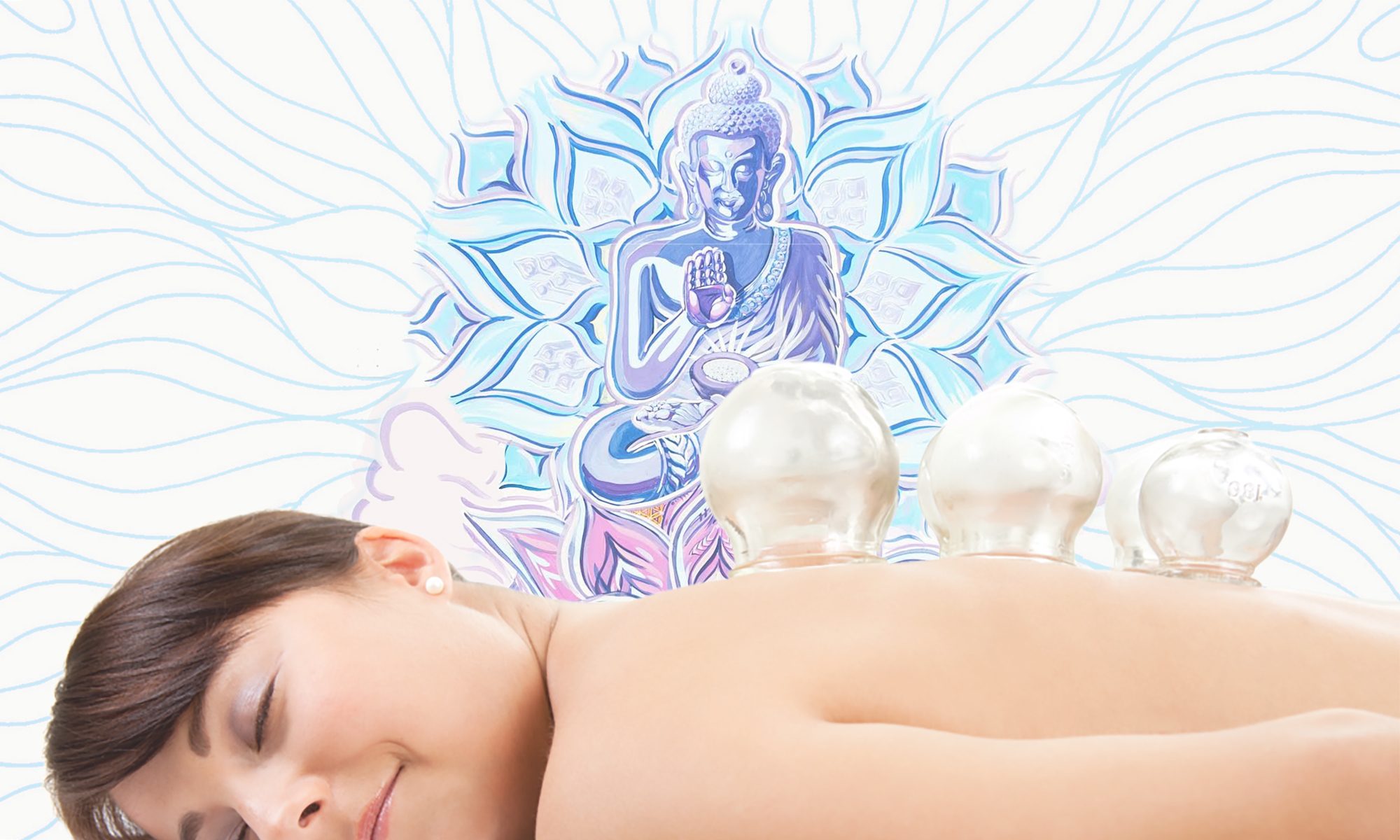
Gua sha is a type of therapy that uses a tool to apply pressure and scrape the skin to relieve pain and tension through improvement of circulation. This action causes light bruising, which often appears as purple or red spots known as petechiae or sha.
The name gua sha — pronounced gwahshah — comes from the Chinese word for scraping. It may also be called skin scraping, spooning, or coining.
Gua sha is intended to address stagnant chi in the body that if blocked, can cause pain or tension in the muscles and joints. Gua sha aims to move this blocked energy to relieve aches or stiffness.
Some physiotherapists use a version of the technique known as instrument assisted soft tissue mobilization (IASTM). Using a tool instead of the hands during a massage allows a physiotherapist to apply more pressure.
In gua sha, a technician scrapes your skin with short or long strokes to stimulate microcirculation of the soft tissue, which increases blood flow. They make these strokes with a smooth-edged instrument known as a gua massage tool. The technician applies oil to your skin, and then uses the blunt tool to scrape your skin in a downward motion.
Gua sha is usually performed on a person’s back, rear, neck, arms, and legs. A gentle version of it is even used on the face as a facial technique. Your technician may apply mild pressure, and gradually increase intensity to determine how much force you can handle.
Uses
Gua sha is mostly used to relieve muscle and joint pain and other musculoskeletal disorders. This means Gua sha can treat physical ailments including back pain, tendon strain, and carpal tunnel syndrome.
Gua sha can also benefit the immune system and reduce inflammation as it is sometimes used to treat a cold, fever, or problems with the lungs.
Small injuries to the body, such as the bruises that can be caused by gua sha, are sometimes known as microtrauma. Microtrauma can create a response in the body that may help to break up scar tissue. It may also help with conditions like fibrosis, which is a buildup of too much connective tissue when the body heals.
Gua sha should be used alongside other treatments, such as stretching and strengthening exercises.
Benefits
Some researchers have carried out small studies on the following groups of people to determine the efficacy of gua sha:
- Perimenopausal women
- People with neck and shoulder pain from computer use
- Weightlifters, to help with recovery after training
- Adults with general or acute joint/back pain
Perimenopausal symptoms, such as sweating, insomnia, and headaches, were reduced after gua sha.
A 2014 study found that gua sha improved the range of movement and reduced pain in people who used computers frequently compared with a control group that had no treatment.
In a separate 2017 study, weightlifters who had gua sha felt that lifting weights took less effort after treatment suggesting that the treatment speeds up muscle recovery.
Older adults with back pain were treated with either gua sha or a hot pack. Both treatments relieved symptoms equally well, but the gua sha effects were more long term.
After a week, those who had received gua sha treatment reported greater flexibility and less back pain than the other group.
Side effects and risks
Gua sha can cause tiny blood vessels near the surface of the skin to burst. This creates the distinctive red or purple bruises, known as sha.
The bruises usually take a few days or a week to heal and can be tender while healing. You can take an over-the-counter painkillers, to help with pain and reduce swelling if necessary.
A person should protect the bruised area and take care not to bump it. Applying an ice pack or taking cold baths and showers can help to reduce inflammation and ease any pain.
Gua sha practitioners should not break the skin during the treatment, but there is a risk it could happen.
Gua sha is not suitable for everybody, one should always speak with their primary care physician before starting new alternative therapies.
People who should not have gua sha include those:
- who have medical conditions affecting the skin or veins
- who bleed easily or hemophiliacs
- who take blood thinners
- who have an infection, tumor, or wound that has not fully healed
- who have an electronic implant, such as a pacemaker or internal defibrillator
Is gua sha painful?
Treatment is not supposed to be painful, but gua sha deliberately causes bruising, and can cause discomfort. Despite this, these bruises should heal within a few days.
